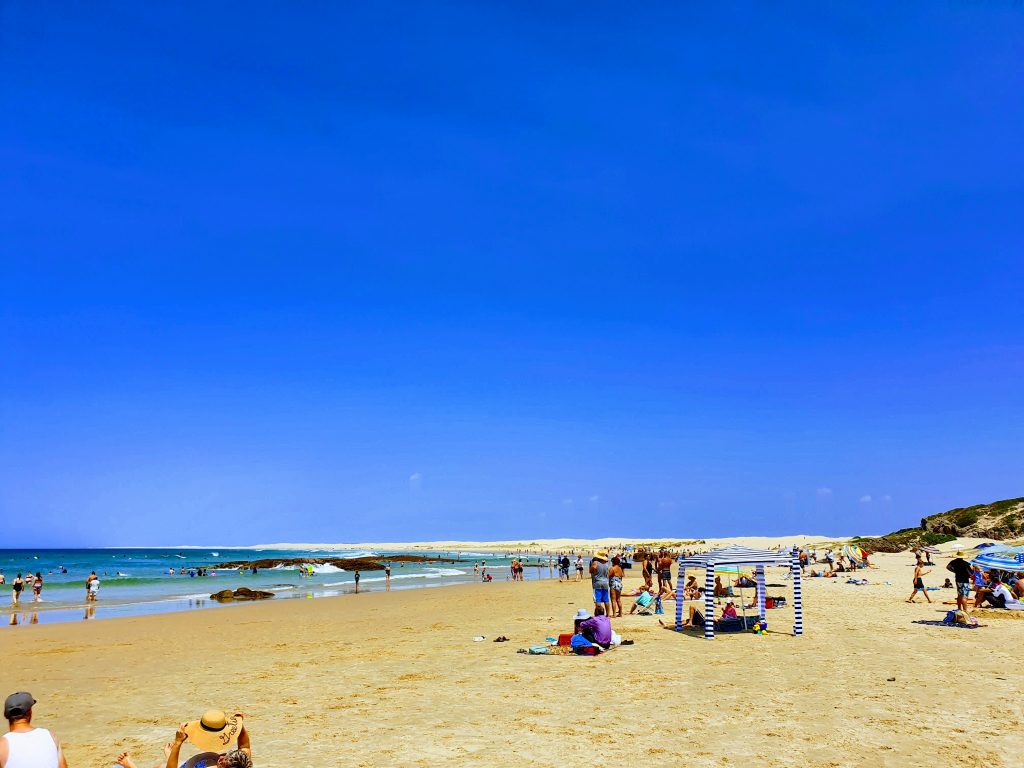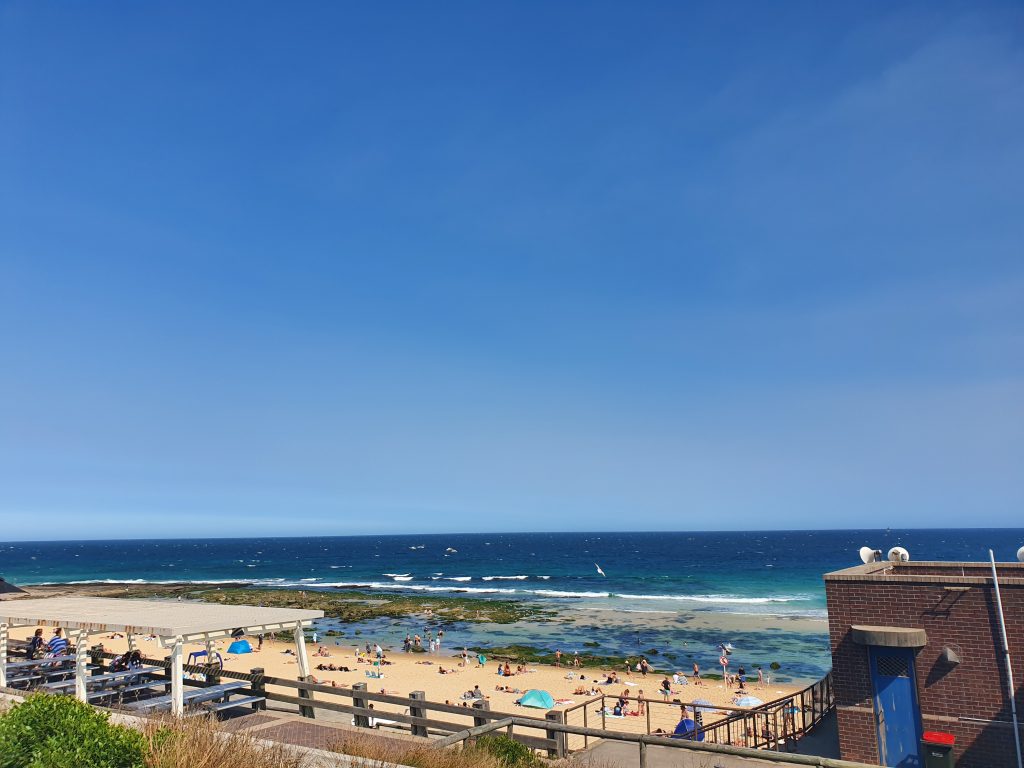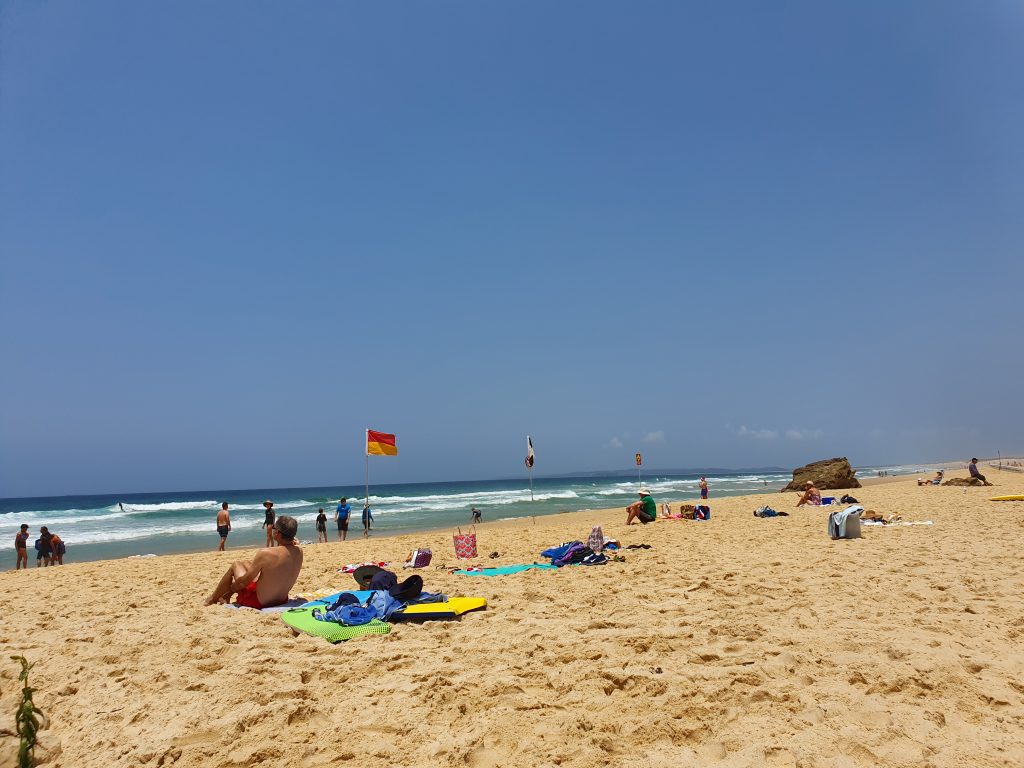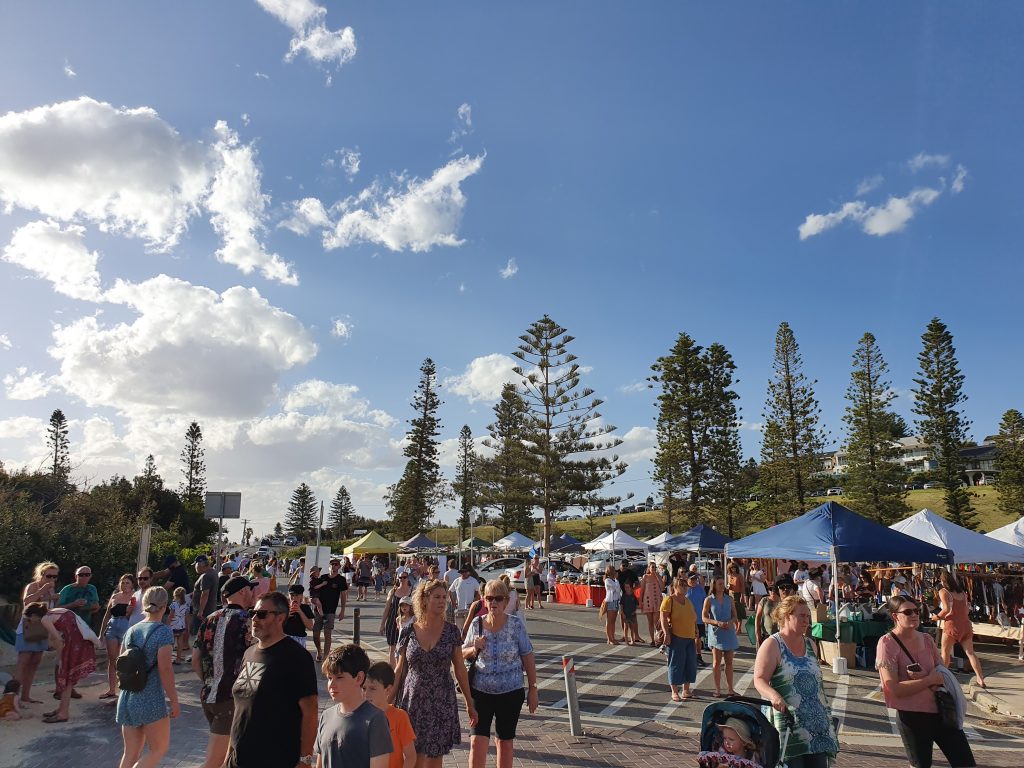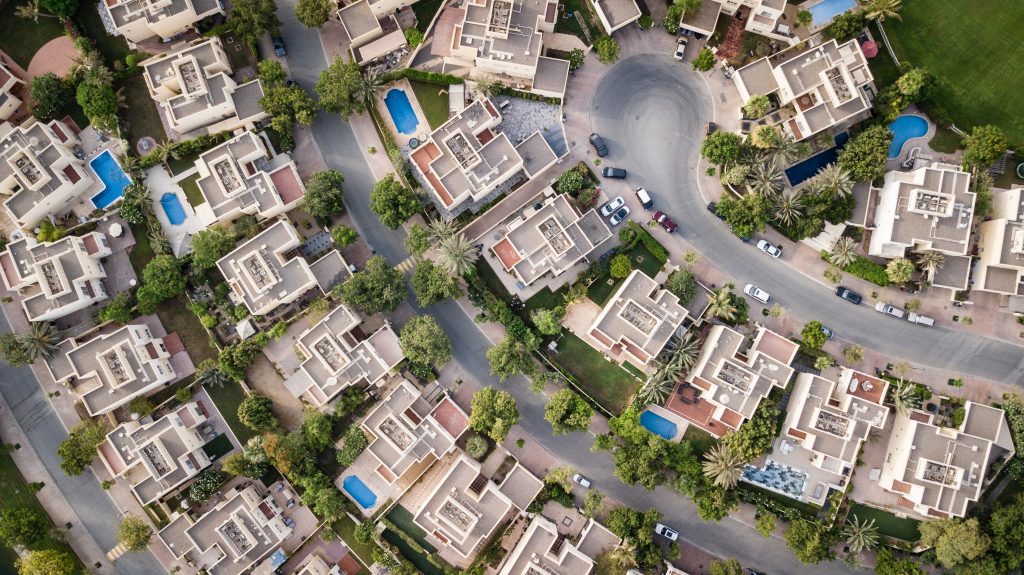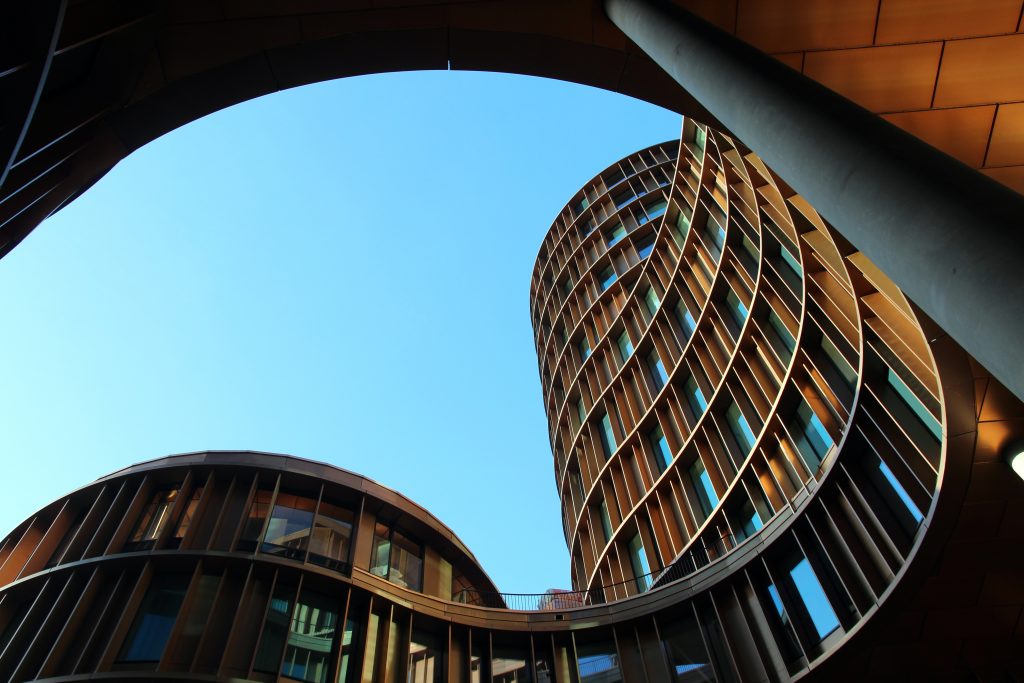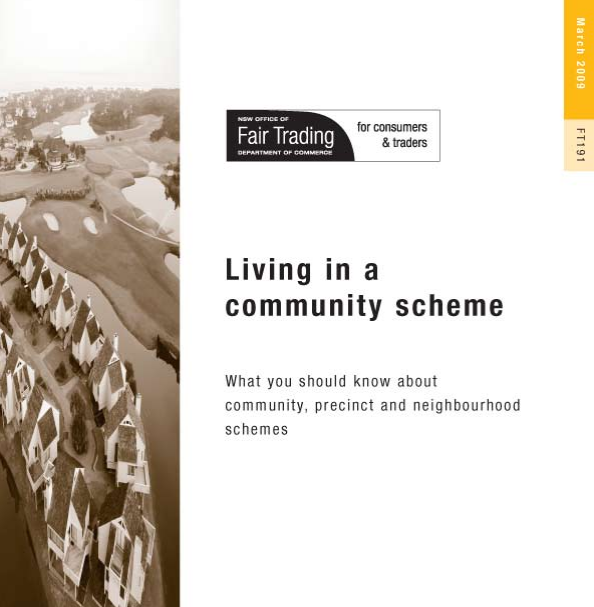This is a guide I recently produced for distribution to developers as to who does what during the period post registration until 1/3 of lots are transferred.
Initial period
Section 4 of the Strata Schemes Management Act 2015 provides the following definition:
“Initial period” of an owners corporation of a strata scheme means the period:
(a) commencing on the day the owners corporation is constituted, and
(b) ending on the day there are owners of lots in the strata scheme (other than the original owner) the sum of whose unit entitlements is at least one-third of the aggregate unit entitlement.
Restrictions during the initial period
Section 26 of the Strata Schemes Management Act 2015 outlines various actions which are not permitted during the initial period. The actions relevant to NSW LRS include but may not be limited to the following:
- Strata plan of subdivision which includes common property or creates common property.
- Conversion of a lot to common property.
- Transfer or lease of part of the common property.
- Creation of an easement burdening common property.
- Release of an easement benefiting common property.
- Dedicating part of common property as a public road, public reserve or drainage reserve.
- Change of by-laws. Section 140 Strata Schemes Management Act 2015 places restrictions on the making, amendment or repeal of by-laws during the initial period.
If a document is lodged at NSW LRS which intends to perform one of the above actions it must be accompanied by a certificate from the owners corporation in Approved Form 10 (PDF 7.9 KB) unless the common property title contains a note in the second schedule that a certificate has been lodged previously.
Note – the developer can stay in an undertaking for any period, however we note that this is generally not beneficial if they have sold more than 25% of lots and maintenance has properly commenced. We note also that once 1/3 of lots are disposed of the First AGM must be called and at that meeting, levies are considered.
| Item | Developer Responsibilities | Strata Manager Responsibilities |
| Access Devices for owners | Supply swipes/keys/garage remotes. Confirm details for original contractors | Arrange process for additional devices to be obtained |
| Access Devices for contractors / OC | Supply all relevant service keys and access | Arrange collection and handover |
| Key box | Help designate an appropriate area | Arrange installation and placing of keys |
| Cleaning / Gardening (soft services) | Meet costs until levies are struck | Arrange quotes/start dates and administer invoicing in relation to levy start dates |
| Common utilities – water /gas/electricity / fire panel/lift line | Meet costs until levies are struck | Arrange handover/change of address for service of invoices to owners corporation c/- strata manager and arrange billing to developer or payment as required |
| Application by owners | Developer | Take and review application (e.g. pets) – provide relevant application forms to owner. Ensure items can be considered during the initial period |
| Insurance | Pay for insurance policy (refunded by purchasers on settlement) | Arrange quotes via broker prior to registration place insurance as directed managed any claims as required |
| S184 certificates | Attend IGM. Appoint OC representative for the time until FAGM. Arrange payment (otherwise ordered as required) | Provide certificates within 48-72 hours of receiving all required docs (COC, IGM mins, by-laws, SP, CT, solicitor details) |
| General Correspondence | Managed by the strata manager | |
| Defect Process and Rectification (internal to a lot) | Convey defect process to owners and ensure defects rectified in a timely manner. Attend to any urgent defects immediately (habitability/consequential damage issues) | Strata manager can have a hand in reviewing to ensure whether a defect and then providing to builder/developer – assist in drafting defect process for owners (if required)Ensure defect process is notified to others aside from owners |
| Defects – external common property | As above | Review any issues as reported. Arrange walkthrough and recording of any common area issues |
| Waste management/bins | Provide relevant plan from DA, arrange a meeting with the council, order bins | Attend council meeting, ensure bins onsite in time for resident moves |
| By-law management (e.g. parking) | n/a | Attend to any by-law breaches as reported |
| Moving plan | Review and take advice as to suitable moving plan | Administrate moving bookings as required. |
| Welcome Pack – owners | Draft welcome pack for owners, including all relevant contact details, connection details, defect management, etc.) | Review welcome pack issued by the developer |
| Welcome pack – residents | Draft resident specific welcome pack if required | |
| Metering (electricity/gas) and NBN identifiers | Advise strata manager of all relevant metering details. Assist in ensuring that metering details are picked up by authorities | Maintain a list of meters and NBN IDs for occupier assistance as required |
| Handover – documents, plans, IMS, schedule of finishes | Ensure any necessary documentation made available to strata manager ASAP (e.g. subcontractors for emergencies). Hand over all relevant material prior to First AGM | Give notice of requirements. Administrate handover/checklist – declares received documents at FAGM |





